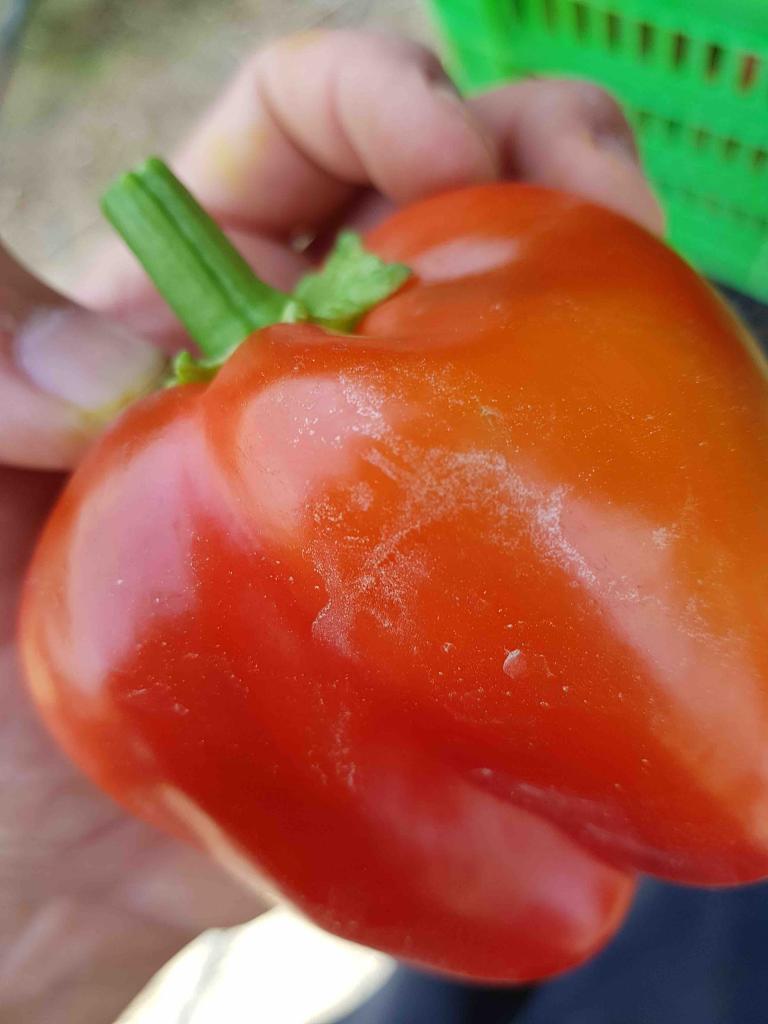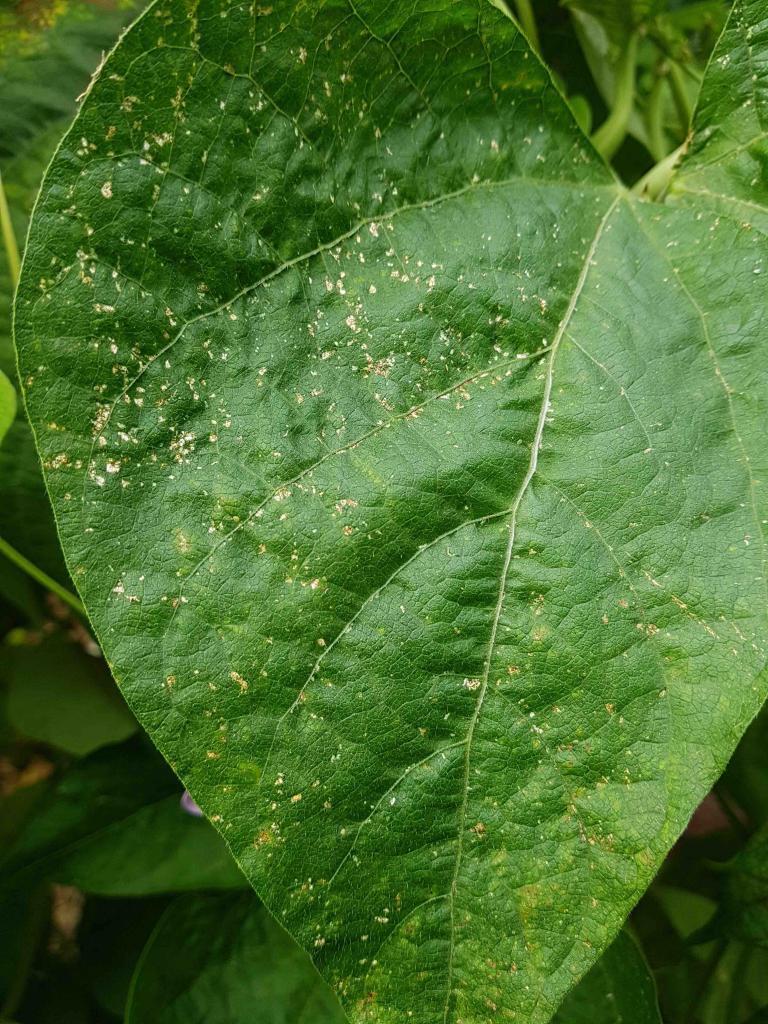Western Flower Thrips Alert
Symptoms include fruit scarring as a result of feeding or laying eggs in the plant’s tissue.
Western flower thrips are small insects that are usually found on upper parts of plants, especially inside the flowers where they feed on pollen. Their life cycles includes distinct stages, such as the egg, larva, pupa, and adults that fly only weekly. Western flower thrips is a major vector of viruses, such as tomato spotted wilt virus, tomato chlorotic spot virus, impatiens necrotic spot virus, and groundnut ringspot virus.
Mass Trapping Devices: Thrips are attracted to bright floral colors; take advantage of this and use commercially available sticky traps that lure and capture them.
Sanitation: Try keeping the crops’ close surroundings and environmental conditions as neat as possible by removing weeds that thrips are especially attracted to such as sinapis arvensis (“wild mustard”).
Monitor the field regularly, and occasionally shake foliage or flowers gently onto a bright colored sheet of cardboard. Count the number of thrips that fall onto the sheet and estimate the level of infestation. When the average number of thrips that falls onto the sheet is above two, and the crop is known to have a low economic threshold, then a spraying application should be considered.
Keep in mind that it is hard to manage thrips effectively with insecticides. They have advanced maneuverability skills and their egg and pupa stages are protected, which makes it difficult. The following are a few generic names of products still used against the Western flower thrips in some parts of the world: Methiocarb, Acrinathrin, Dichlorvos, and Formetanate.
Spinosad-based products
Natural and successful commercially available enemies of thrips are of the genus Orius (“minute pirate bug”), omnivorous bugs in the Anthocoridae family.
*Names marked in red are considered to be highly poisonous to beneficial insects.
*Names marked in green are considered to be organic and IPM (integrated pest management) compatible.
Image Gallery


